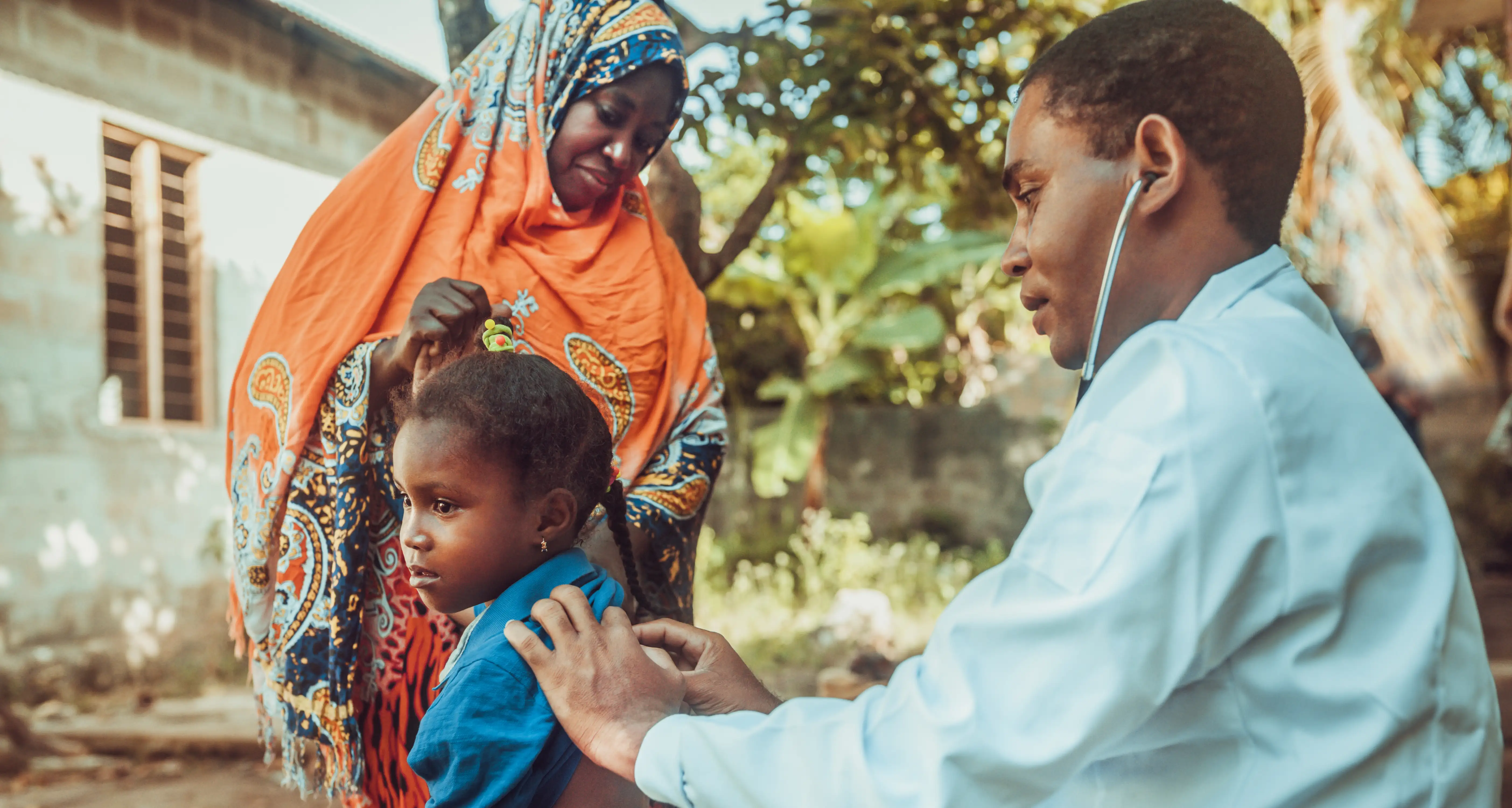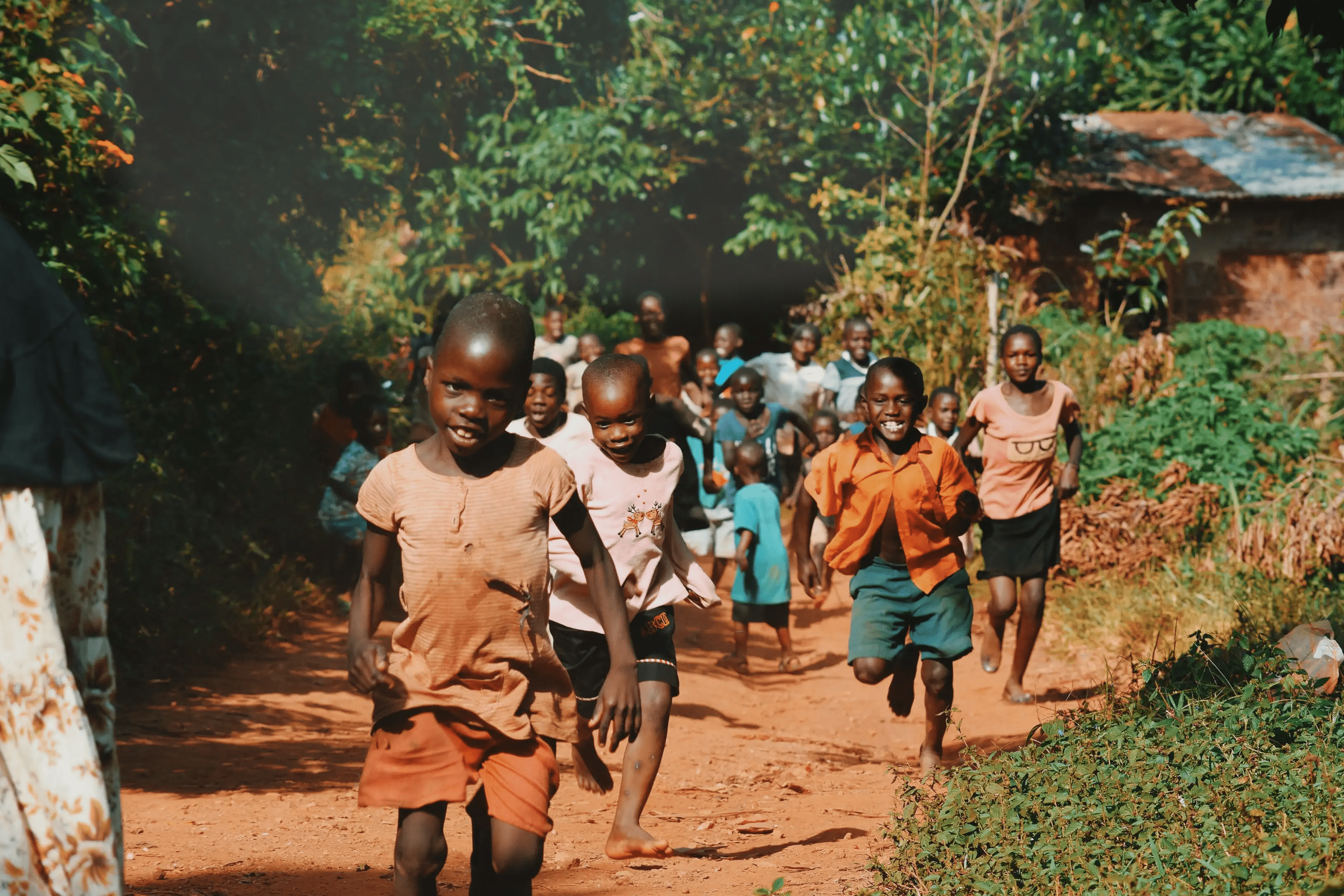Malaria and Poverty – The Vicious Spiral
Malaria is a fatal disease and factors like poverty, resource limitations, and economic instability contribute to the failure to eliminate this illness. This also is one of the leading causes for the incessant expansion of the disease in Africa, particularly in the South Saharan region. Malaria is a huge threat to human rights, devastates households, and national economies, and has an unusually brutal impact on the poorest – the ones who cannot afford preventive measures and medical care. The disease costs the African region alone almost 12 billion every year and women account for a staggering 70% of the world's poor.
Malaria, often referred to as a disease of the poor, has hampered Africa's economic growth by 1.3 percent per year as a result of lost lives and reduced productivity that economists refer to as a "growth penalty." Poverty has evolved over the previous few decades from a narrow perspective on income and consumption to a diversified concept that includes education, health, social and political rights, personal security, freedom, and environmental quality. Poverty also promotes forms of social exclusion, of ethnic groups, and is often found in underdeveloped nations with higher rates of scarcity.
Human poverty indicators, including health measures, frequently demonstrate considerable gender disparities. The effects of poverty vary depending on the gender, age, and marital status of members of the same family. Gender inequality is a powerful catalyst of health outcomes, with women and girls frequently facing severe social disadvantage. Poverty also lowers the probability of households taking adequate preventative and therapeutic measures like sleeping beneath an insecticide-treated net or seeking timely health care for malaria symptoms, leading to higher malaria morbidity and death among the impoverished.
The disease further burdens poor households due to costs incurred from preventative and curative processes, as well as the incapacity to work while unwell. Malaria and poverty are intricately bound and the efforts to eradicate this disease have been enormous. Lack of funding, the disease's resilience to drugs and insecticides, the economic vulnerability of some governments, and lack of information about the disease have posed major challenges to its successful eradication.

Distinguishing malaria as a right-to-health issue does not provide a quick fix for what seems like a massively complicated problem. However, this paradigm can make an effective contribution. Right to health encompasses the right to medical treatment, safe drinking water, appropriate sanitation, access to health-related information, and the right to freedom from discrimination. Beyond traditional medical research, medication, vaccine development, and diagnostic enhancement, there is a need for study on the social, economic, cultural, political, and regulatory factors that influence access to health care and protection. Collectively, the human rights movement and health professionals can address the scourge of malaria and determine how the right to health may strengthen existing anti-malaria initiatives, while also contributing to the identification of new anti-malaria initiatives, policies, and programs.
Alleviating poverty with an emphasis on effective and sustained disease prevention is crucial. The discrepancies in access to public health services must be of top concern in malaria control programs. If greater efforts are not taken to reach the poorest of the poor with effective malaria control measures, the reduction of global malaria burden is unlikely to be met. Treatments must be tailored to guarantee that the most vulnerable people receive critical malaria control interventions. If health consequences aren't continuing to improve, then specific, targeted corrective action needs to be taken. In addition to providing information and education on the proper use of anti-malaria drugs, insecticides, and indoor residual spraying, governments must also initiate public information and education campaigns targeting the most vulnerable communities through media, village health teams, and health workers, schools, and faith-based networks.
In essence, improved sanitation, informed education, and government investment in quality health care programs are the top three areas of poverty relief that would substantially minimize disease burden. Progress has slowed in recent years and stagnant financing and emerging diseases like COVID-19 hamper future advancements. Landcent is working to speed up the battle against worldwide diseases of poverty by developing and delivering affordable and sustainable solutions that are safe to use at scale. Landcent is the only company that has developed products across all 4 categories recommended by the WHO for effective prevention of malaria, one of the primary diseases of poverty. Carefully planned malaria interventions would assist in reducing poverty where the disease is rife and would significantly improve economic growth.
More Updates
Subscribe to The Newsletter
Be the first to know—Get the latest news, discoveries, and impact stories that matter







